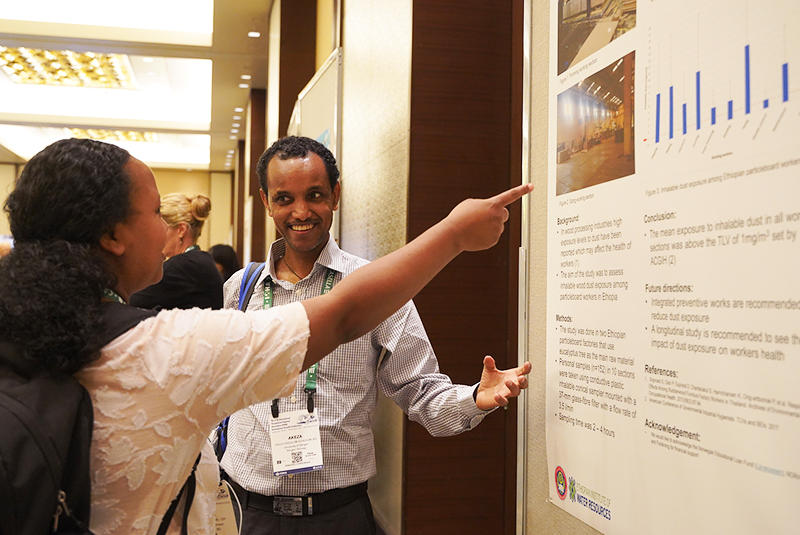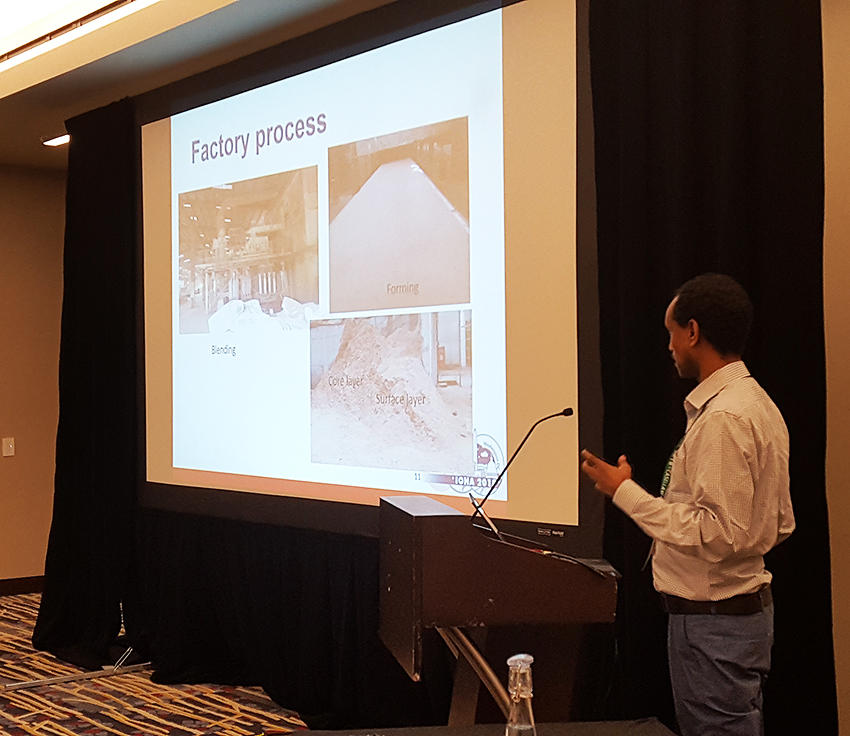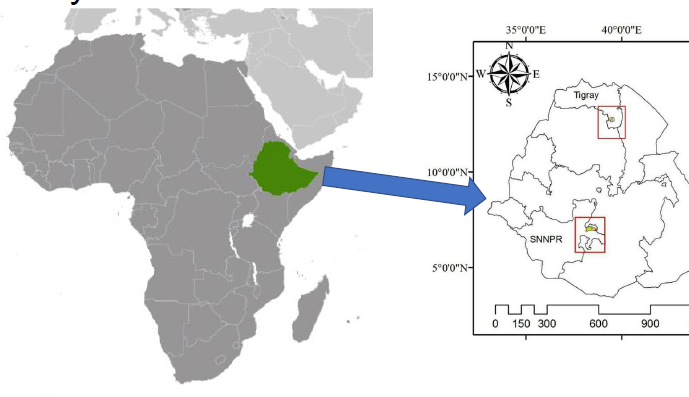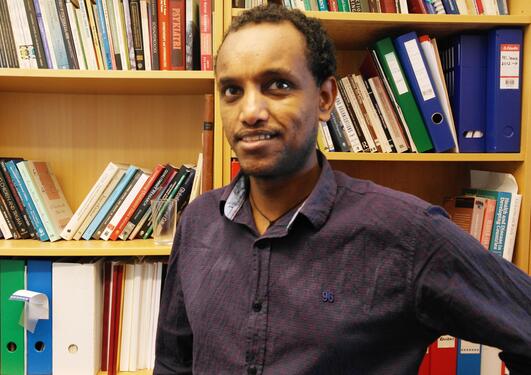Researching approaches for a healthier future – focus: Ethiopian particleboard factories
Akeza Awealom, a PhD student in Occupational Health at the Centre for International Health (CIH), travelled to Washington DC to present results of his research concerning dust exposure among particleboard workers in Ethiopia at a major international conference.

Hovedinnhold
The conference was the 11thInternational Occupational Hygiene Association International Scientific Conference, held in Washington DC, Sept 24-46, 2018. Read more about the conference.
Like many developing countries, the manufacturing sector of Ethiopia’s economy is growing. However, the growth outstrips progress in regulation, as well as the implementation of any policies or guidelines that may exist. In addition, Awealom says that there is little research to identify, assess or control potential workplace hazards.
Organic dust exposure
Awealom’s research focuses on wood processing industries, and, in particular, particleboard processing. For this industry, Ethiopia has no Occupational Exposure Limit (OEL) guide. Research with this industry in other countries has documented that high exposure to organic dust is associated with different acute and chronic health issues.
Modified sampler protocol
There are a number of places in the particleboard making process where workers are exposed to organic dust to a greater or lesser extent. However, Awealom reports that in the 2 facilities studied in 2 different locations in Ethiopia, there was no mechanical ventilation and none of the workers used proper facemasks.
To measure their organic dust exposure, workers wore portable dust samplers attached to their clothes. The samplers were designed to be operational for at least a full shift (8-12 hours), but in this study, they became clogged after only 4 hours, and in some cases, only 2 hours!
While different, the results from both factories was above the current guideline for acceptable levels (threshold limit value TLV), 1mg per cubic metre. This is level proposed by the American Conference of Governmental Industrial Hygienists. The results were different for different steps in the process, but even the quality control step, which had the lowest levels, had levels over the guideline threshold.
Way forward
To avoid health costs in the future resulting from exposure to organic dust, Awealom recommends that the government and industry take an integrated preventative approach to reduce this dust exposure. Research studies, such as his, will help the Ethiopian government to develop guidelines, thereby helping industry to implement preventative measures. Among other things, he says that his study should be followed-up with a longitudinal study to evaluate the long-term effects of dust exposure on workers health.




